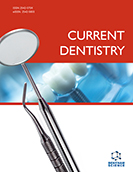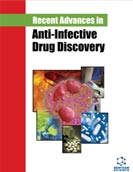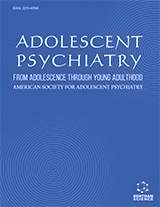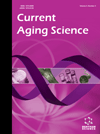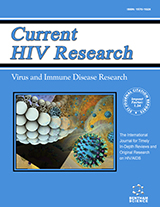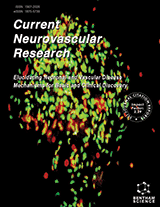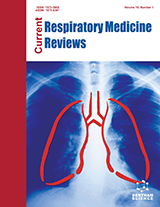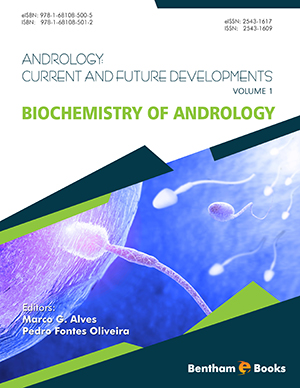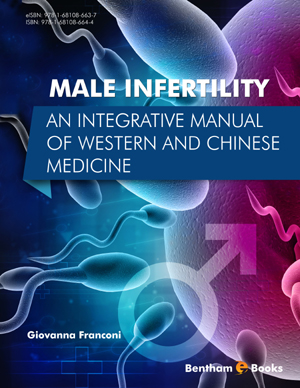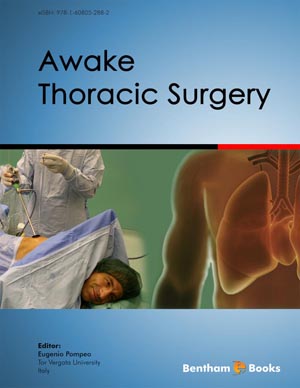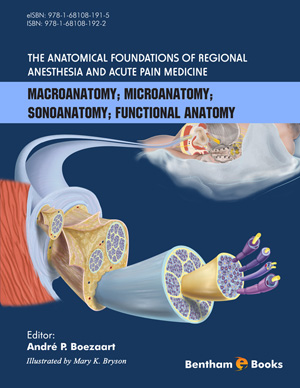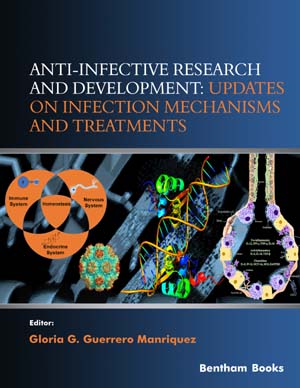Abstract
Hepatocellular carcinoma (HCC) is the most common primary liver cancer. HCC typically develops in a cirrhotic liver and the overall survival is poor, primarily because the disease is often diagnosed at an advanced stage, when curable treatment is no longer an option. Ideally, HCC lesions should be detected when they are ≤ 2-3 cm in diameter. The diagnosis of HCC has improved with the introduction of 4-phase contrast enhanced CT and dynamic, contrast enhanced MRI. However, for small lesions, which are potentially curable, the detection rate remains poor. Molecular imaging of specific metabolic pathways may provide new opportunities for early diagnosis of HCC.
Keywords: Liver cancer; Cirrhosis; Contrast-enhanced CT; Dynamic MRI; PET.
About this chapter
Cite this chapter as:
Michael Sørensen ;Hepatocellular Carcinoma, Functional Molecular Imaging In Hepatology (2012) 1: 87. https://doi.org/10.2174/978160805290511201010087
| DOI https://doi.org/10.2174/978160805290511201010087 |
| Publisher Name Bentham Science Publisher |



